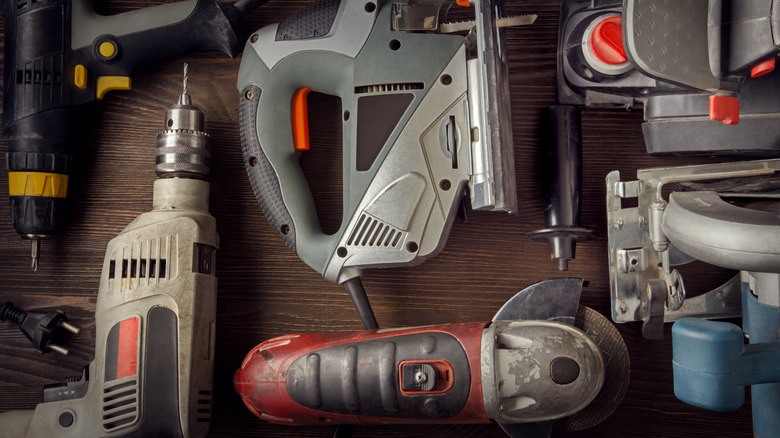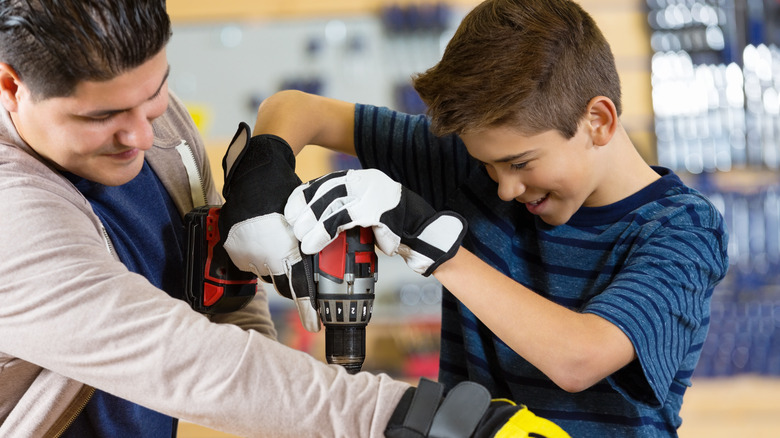Comfort & Ergonomics: Why Design Matters When Buying A New Power Tool
Construction and renovations done around the house can be quite time-consuming and physically taxing. Fortunately, thanks to advancements in technology, you now have a slew of different power tools from various reputable brands at your disposal that will turn what was initially a daunting task into something far more manageable. However, certain aspects regarding heavy-duty equipment must be taken into consideration before you shell out the cash at your local hardware store.
One key element of a power tool that you should never skip is its design. The overall build and durability are obviously the main features to consider. That said, looking past the comfort that said power tool provides to the user can prove to be a detrimental oversight in the long run. As such, the ergonomic design will be a crucial factor in selecting the right power tool for the job, as it can be the difference between efficiency and being counterproductive.
Benefits of an ergonomic power tool
What is ergonomics? The word itself is derived from the Greek words "ergon" and "nomoi," which mean work and laws, respectively. In principle, ergonomics is the science of designing anything from tools to furniture into something that will provide comfort to the user by following how the human body naturally works and moves.
An ergonomically designed power tool can result in a more streamlined operation and improved productivity, as fatigue will take longer to set in. For example, the finger is a specific part of the hand that will most likely undergo the most strenuous activity when using power tools. The index finger will see frequent movement on the job, and a poorly designed operating trigger can lead to adverse side effects such as tendonitis after hours of non-stop use.
To avoid this, a longer trigger design will allow the user to use two to three fingers to operate the tool instead of just one, thus reducing the physical exertion needed to operate the equipment. The primary advantage of utilizing an ergonomic power tool is its ability to reduce the strain, discomfort, and risk of injury for the user when operating this type of machinery.
Guidelines for selecting an ergonomic power tool
When it comes to choosing a trustworthy ergonomic power tool, it is essential to understand the basics of its design. There are four factors to consider in this regard. First is the weight distribution. This aspect is one of the easiest to ascertain. You want a power tool that is well-balanced and can provide you with impeccable precision. As a general rule of thumb, limit the weight to 3 pounds or less for equipment often operated by one hand to reduce hand fatigue.
The second is the handle design itself. Look for power tools whose handles can provide you with a power grip, which will allow you to grasp the handle securely. In addition, handles with rubberized grips can help reduce vibrations, another important element to consider.
The third factor to consider is the tool's adjustability. Tools with parts that can be adjusted will help improve their ability to meet user preferences, increasing overall comfort and safety. Adjustable handle features can effectively reduce muscle strain as they can be locked into various angles to keep the hand and wrist in a relatively neutral position.
Finally, the power tool needs to be designed with the convenience of the user as its priority, also known as user-friendliness. Directions must be straightforward, additional controls and triggers should be easy to reach and operate, and safety features must cover all necessary bases.


